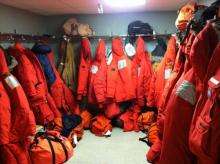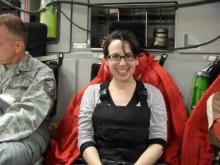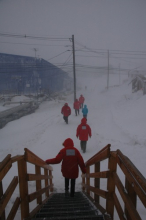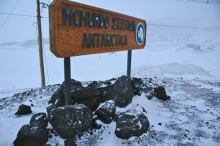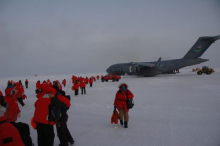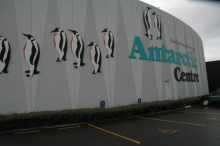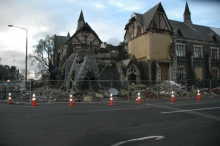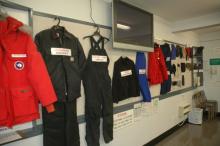Space Weather Monitoring on the Antarctic Plateau
What Are They Doing?
Michelle and the research team supported a project that has been collecting important data since the early 1990's. The Polar Experiment Network for Geospace Upper atmosphere Investigations project (or PENGUIn for short) is gathering information in Antarctica to further understand the sun and space influences on the Earth’s upper atmosphere. This network is supported by the National Science Foundation Office of Polar Programs and is a collaborative effort to better understand the high latitude atmospheres of Earth and its response to conditions in space.
To do this, scientists created Automatic Geophysical Observatories (AGOs) that are active at five locations in Antarctica. These remote observatories house nearly identical instrumentation that measure atmospheric weather conditions at the poles. This includes the Earth’s magnetic forces, aurora activity, and the influence of phenomena in space weather. All of the AGO sites are on the Antarctic Plateau but record different conditions geographically. For instance, AGO site III records temperatures of 110°F below zero!
The research team visited one of the AGO sites by traveling on a four hour flight from South Pole Station in a highly maneuverable and versatile Twin Otter plane. Next, the team set up the camp, cook stoves, and started on their tasks. They had to be in good physical condition because much of the observatory was covered by snow and needed to be dug out. Often equipment is totally covered, so the team brought ground-penetrating radar to help find it. During their stay, the team made sure all of the different instrumentation was working properly and collecting reliable data. How is it that this data can be collected at such a remote location, you ask? The observatories are going green; running on solar panels and wind power! The team also made sure these energy sources were functioning properly.
The focus of the team’s expedition was to travel to the remote AGO site and providing support for the system. Supporting these observatories is crucial to the study of interactions between the magnetic fields of the sun and of the earth. Learning more can help us understand the potential disturbances in these fields that can disrupt radio communications or our power systems, and even take out satellites that orbit close to earth. With Michelle’s help, the team communicated the importance of understanding the links between our high latitude conditions here on Earth and weather conditions found in space.

